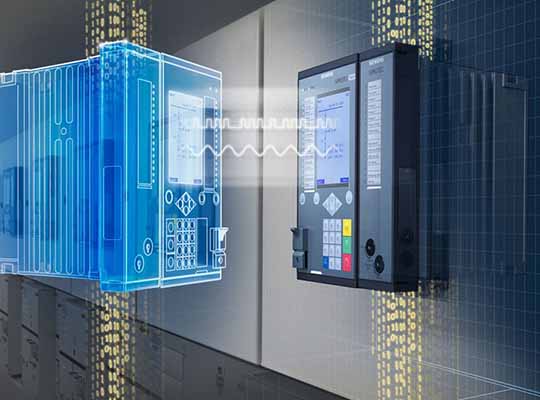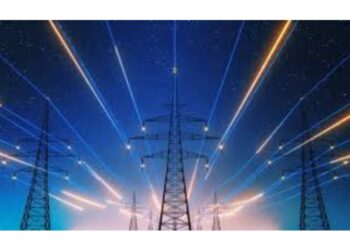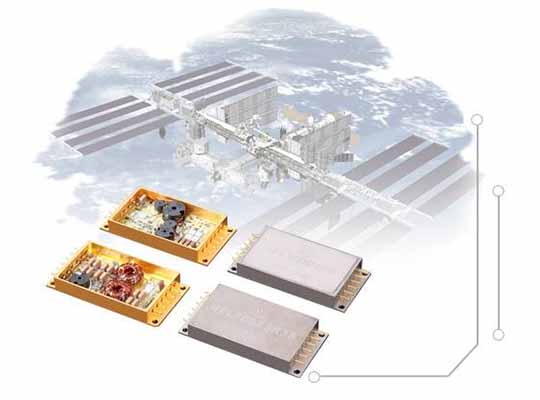The word ‘Smart’ is foraying across in every business and industry. Making everything Smart seems to bring the new wave of opportunities. To which I derive, ‘Smart’ is the evolution of rapid ‘Internet’ and with that complementing is the design, architecture and solution. Today, every innovator, service provider or for that say product designer is toiling too hard to bring “Smart” things more viable thanks to the emergence of IoT, data analytics, cloud and as said product and solution designs. When talking about Smart things today the energy sector is at a verge of complex yet cognizable transformations. Energy today is the word sharing synonyms with Sustainability, Scalability, Prosperity and much more ‘Need of the Hour’. Smart energy is the process of using devices for energy-efficiency. It focuses on powerful, sustainable renewable energy sources that promote greater eco-friendliness while driving down costs. In today’s modern era, smart energy proves increasingly important, with forward-thinking companies making smart energy systems a top priority. This increased investment into smart energy systems poses many benefits to consumers, the environment, and to energy providers at large.
Smart Energy – Defining a New Sustainable future
According to Researchgate, in recent years, the terms “Smart Energy” and “Smart Energy Systems” have been used to express an approach that reaches broader than the term “Smart grid”. Where Smart Grids focus primarily on the electricity sector, Smart Energy Systems take an integrated holistic focus on the inclusion of more sectors (electricity, heating, cooling, industry, buildings and transportation) and allows for the identification of more achievable and affordable solutions to the transformation into future renewable and sustainable energy solutions. This paper first makes a review of the scientific literature within the field. Thereafter it discusses the term Smart Energy Systems with regard to the issues of definition, identification of solutions, modelling, and integration of storage. The conclusion is that the Smart Energy System concept represents a scientific shift in paradigms away from single-sector thinking to a coherent energy systems understanding on how to benefit from the integration of all sectors and infrastructures.
Monitoring, Scaling and Smart Grids
The increasing energy consumption throughout the world, as well as the environmental impact resulting from the use of fossil fuel-based energy have promoted the use of renewable energy sources, such as photovoltaic solar energy. Smart grids are considered as the solution to allow for the optimal management of photovoltaic generation. The control and management of smart grids is based mainly on updating energetic and economic parameters, such as the load consumption and the photovoltaic generation through smart connected devices, which provide real-time operation and energy measurements. The main characteristic of this type of energy is its unpredictibilty, as it depends on meteorological conditions. In this sense, monitoring the power generation of photovoltaic systems (PVS) in order to analyze its performance becomes crucial. In addition, monitoring allows for knowing if the system is failing or the actual performance to deviate from the expected performance.
Future of the Global Energy Efficient Market
As the Union of Concerned Scientists notes, the current energy grid is too outdated to handle newer forms of energy. This entails a full overhaul of the current energy grid. This energy grid, composed of all the different control stations, power lines, and transformers needed to supply electricity to consumers, must first be updated to accommodate growing forms of renewable smart energy. With the explosion of renewable forms of energy across the nation—indeed across the globe—the need for electrical grid overhaul proves increasingly important. For the current moment, the energy grid has managed to handle the new influx of renewable energy systems, but experts predict that this can only last so far.
Because the grid’s current technology proves outdated and even at times unreliable, experts fear that a large increase in the number of smart energy systems could overload the grid. For this reason, experts have called on both the government and private companies to work on updating the energy grid as newer forms of renewable energy are becoming increasingly available.
Such a massive overhaul isn’t one that will happen overnight. Instead, experts wish to focus on certain high-demand areas and cities first as they begin to introduce renewable energy en masse to the population. In this way, the updating of the energy grid can be coordinated with smart energy demand to optimize its reach.
Energy-as-a-Service (EaaS)
EaaS is a term that has circulated energy markets for a long time; it is surrounded by a lot of hype and stakeholder interest. For many years, the model was successfully pursued by only a few vendors. Now a wider group of market players is implementing EaaS projects. While the EaaS financing market is still nascent, it is positioned for rapid growth across global market.
OPEX-based financing emerges as a key feature of EaaS
Definitions of EaaS have been in flux for the past few years, with multiple interpretations of this business model prevalent between different market players. Different vendors have placed emphasis on different features as the core of an EaaS agreement, including:
- Embedded guarantees
- Comprehensive nature of the energy solution
- Flexibility and scalability of the contract
- Energy savings
As a result of this variance in emphasis, contradictions have characterised the market in terms of what is considered essential in an EaaS contract and what is considered ancillary, as well as how this project delivery mechanism is distinguished from others (such as performance contracting).
Adding to the confusion, many new terms to describe EaaS or its variations have flooded the market, including efficiency-as-a-service, decarbonization-as-a-service, sustainability as a-service, and more. These different characterisations remain the reality of any emerging market.
However, there are signs of agreement on a common set of defining principles that describe EaaS. The financing element, which focuses on OPEX-based payments rather than the use of CAPEX or debt, increasingly is recognised as the central distinguishing feature of agreements. It is emerging as a critical value proposition in a time of financial uncertainty and reluctance to spend CAPEX or take on debt for non-core elements of business.
Guidehouse Insights defines EaaS as a business model innovation that allows vendors to deliver technologies that historically have been paid for via CAPEX or debt under a service contract, with the following two characteristics in place:
- The client ceases control of the energy assets covered by the contract and outsources operation of the assets (heating, cooling, lighting, resiliency, or other outputs) to the EaaS provider.
- OPEX-based fee payments are used rather than CAPEX or debt, resulting in potential off-balance sheet treatment.
Key Benefits of Smart Energy
Some of the key benefits of updated smart energy technology are:
- A more diverse power supply
- A reduction in air pollution and emissions that cause global warming
- A growing independence from traditional energy sources that harm the environment
In short, the move toward smart energy is one that will create a brighter, eco-friendlier future. With global warming and other climate issues currently a major policy concern for governments around the world, the switch to smart energy is becoming more important than ever.
Fortunately, consumers can do their part to help promote smart energy by taking advantage of the smart energy resources already available. By increasing the demand for smart energy across the nation, consumers can further incentivize development of the critical infrastructure necessary for a future dependent on smart energy.
India’s Vision on Smart Energy
The five-year programme launched by the Ministry of Power lately aims to reduce the aggregated technical and commercial losses across India to a level of 12-15% and to close to zero the gap between the average cost of supply and the aggregate revenue requirement by 2025.
The cost is estimated at Rs3.04 trillion (US$40.8 billion), of which Rs976.3 billion (US$13.1 billion) will receive budgetary support.
Under the scheme the distribution companies are required to prepare an action plan to strengthen their distribution system and improve its performance by way of various reform measures to improve their operational efficiency and financial viability as well as the quality and reliability of supply to consumers.
Funding for the prepaid smart metering will be prioritised to the electricity divisions of the 500 cities of the Atal Mission for Rejuvenation and Urban Transformation (AMRUT) infrastructure development programme with losses exceeding 15%, followed by the union territories, business and industrial customers and government offices before expanding to the remaining consumers.
Responsibility for implementing the scheme is with REC Ltd (formerly the Rural Electrification Corporation) and the Power Finance Corporation.












